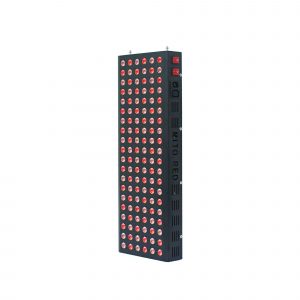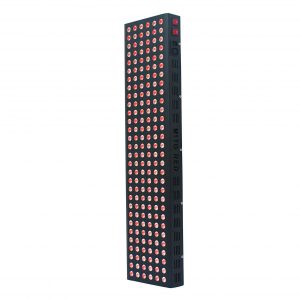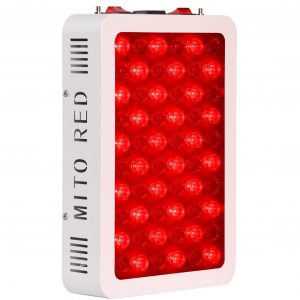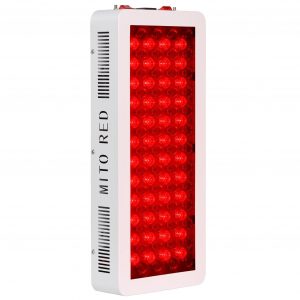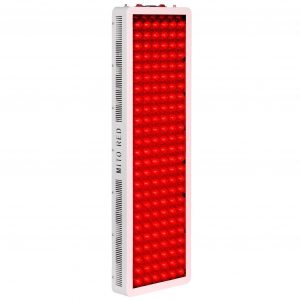The aim of this work was to evaluate the effects of low-level laser therapy (LLLT) on exercise performance, oxidative stress, and muscle status in humans.
A randomized double-blind placebo-controlled crossover trial was performed with 22 untrained male volunteers.
LLLT (810 nm, 200 mW, 30 J in each site, 30 s of irradiation in each site) using a multi-diode cluster (with five spots – 6 J from each spot) at 12 sites of each lower limb (six in quadriceps, four in hamstrings, and two in gastrocnemius) was performed 5 min before a standardized progressive-intensity running protocol on a motor-drive treadmill until exhaustion.
We analyzed exercise performance (VO(2 max), time to exhaustion, aerobic threshold and anaerobic threshold), levels of oxidative damage to lipids and proteins, the activities of the antioxidant enzymes superoxide dismutase (SOD) and catalase (CAT), and the markers of muscle damage creatine kinase (CK) and lactate dehydrogenase (LDH).
Compared to placebo, active LLLT significantly increased exercise performance (VO(2 max) p = 0.01; time to exhaustion, p = 0.04) without changing the aerobic and anaerobic thresholds.
LLLT also decreased post-exercise lipid (p = 0.0001) and protein (p = 0.0230) damages, as well as the activities of SOD (p = 0.0034), CK (p = 0.0001) and LDH (p = 0.0001) enzymes. LLLT application was not able to modulate CAT activity.
The use of LLLT before progressive-intensity running exercise increases exercise performance, decreases exercise-induced oxidative stress and muscle damage, suggesting that the modulation of the redox system by LLLT could be related to the delay in skeletal muscle fatigue observed after the use of LLLT.







